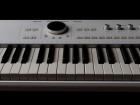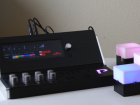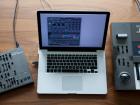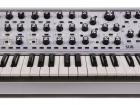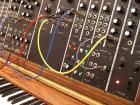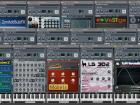7 Synths that you will Either Love or hate

Post date:
Objectivity can be very hard for a hobby such as vintage synths due to the amount of money and passion that is involved. It also means that some people hate certain hardware simply because of its popularity while others refuse the see the downside of even the worst instrument due to the special meaning it has to them. However, it is also true that there are those who manage to make good use of synths dismissed by many others. At the end of the day, every vintage synth still available on the market has its own quirks and owning one is not always about simply playing it. Here are just a few examples of vintage synths that are loved by some and loathed by others.
Casio VL-1

With its tiny size, built-in speaker and extremely cheap buttons the Casio VL-1 seems like an unlikely candidate for a synthesizer that anyone would choose to add to their collection, let alone use. Just the mere fact that it is basically a weird synth/calculator hybrid has already caused many people to give it a wide berth. However, some have managed to see past its children’s toy aesthetic and coax interesting sounds out of it. Those who dislike the VL-1 consider its sounds to be cheesy, but that hasn’t stopped groups such as Apollo 440, White Town, Besatie Boys and Talking Heads from making use of one. In fact, even Sting and Stevie Wonder are amongst those who were not afraid to play the Casio VL-1. The fact that for a lot of people it was the first synth that they ever owned also contributes a lot to the nostalgic value of the VL-1.
Roland MT-32
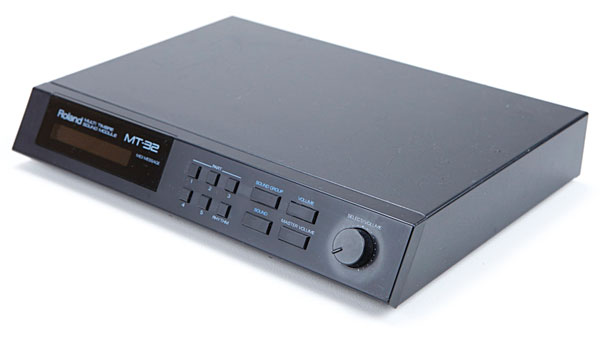
There’s no denying that a lot of corners were cut with the design of the Roland MT-32, especially in terms of the DAC output. This resulted in the analog signal getting very distorted and the noisy output is one of the reasons why many people avoided it for studio use. There were some attempts at aftermarket modifications to improve the sound quality, but the MT-32 still had a reputation as a budget external synthesizer. However, it was the computer game soundtracks scored on the MT-32 during the DOS era that endeared it to many. Some of the big publishers of the time, such as Sierra On-Line, made extensive use of the MT-32 before CD Audio became the new standard.
Yamaha DX9
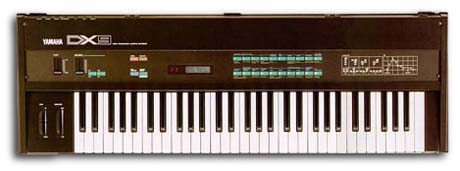
Many people coveted the popular Yamaha DX7 when it was first released, but couldn’t afford the rather high price tag. This resulted in the Yahama DX9 being released as a cheaper alternative. Of course, this move also split people into two camps, those who saw the DX9 as a crippled DX7 and those who saw it as an opportunity to finally own something close to the DX9. Overall, the Yamaha DX9 definitely garnered a reputation as a bit of an under-dog that is loved by some and shunned by others.
Cheetah MS-6
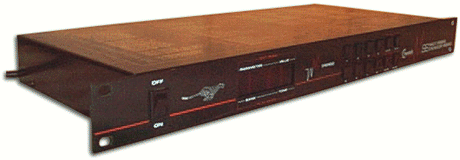
The Cheetah MS-6 is a full-featured analog synth that was released towards the end of the eighties as a single-unit rack module. It has a reputation for being very tedious to program from the front panel, although this can be avoided by using an editor. The design of the MS-6 isn’t bad either, apart from the strange decision to place the instructions on the lid. The MS-6 is capable of producing very warm analog sounds, but the hardware isn’t exactly very reliable and keeping one in working condition sometimes require more effort than what people are willing to put in.
Roland TB-303
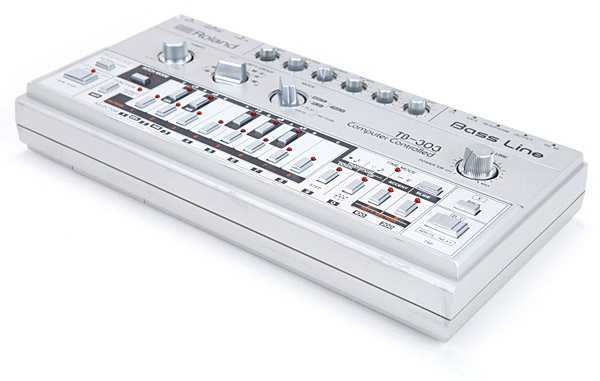
The Roland TB-303 has a lot of fans, but it the hardware also has plenty of detractors because of its price. Some owners of the 303 are thrilled just to own a piece of musical history, while others insist that it is an overpriced one trick pony. The debate whether the TB-303 is overrated has been raging since it was first released in the early eighties and it is one that is still raging.
Korg 707
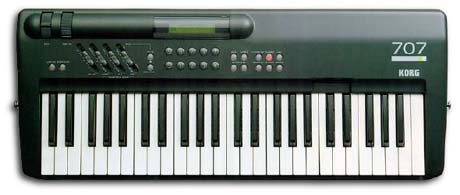
The Korg 707 is a very compact digital synth that was first released in the late eighties. Unfortunately, the design of the 707 has caused many people to dismiss it as a toy. However, where some see a toy, others see a portable FM synth with great features that runs on batteries. The factory program sounds are not that impressive, which could be why many people overlook the 707, but once you delve a little deeper it can actually produce some interesting sounds.
Roland SH-101
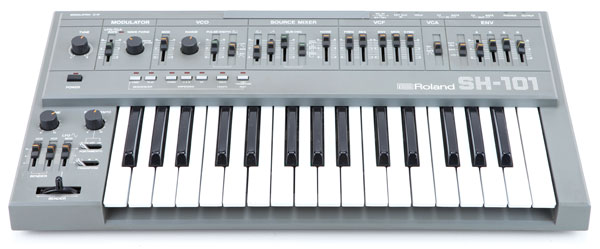
When the Roland SH-101 was released in the early 1980s, it failed the make much of an impact, despite being quite beginner-friendly and affordable. Roland had their eye on the “keytar” market and most of their adverts for the SH-101 emphasized this. However, even after being discontinued in 1986, the SH-101 continued to grow in popularity and eventually featured in music by everyone from The Prodigy and Apollo 440, to Orbital, The Crystal Method, Aphex Twin, The Chemical Brothers and many, many others. This was much to the chagrin of those who consider the SH-101 to be an overrated, simplistic and cheaply designed synth.
